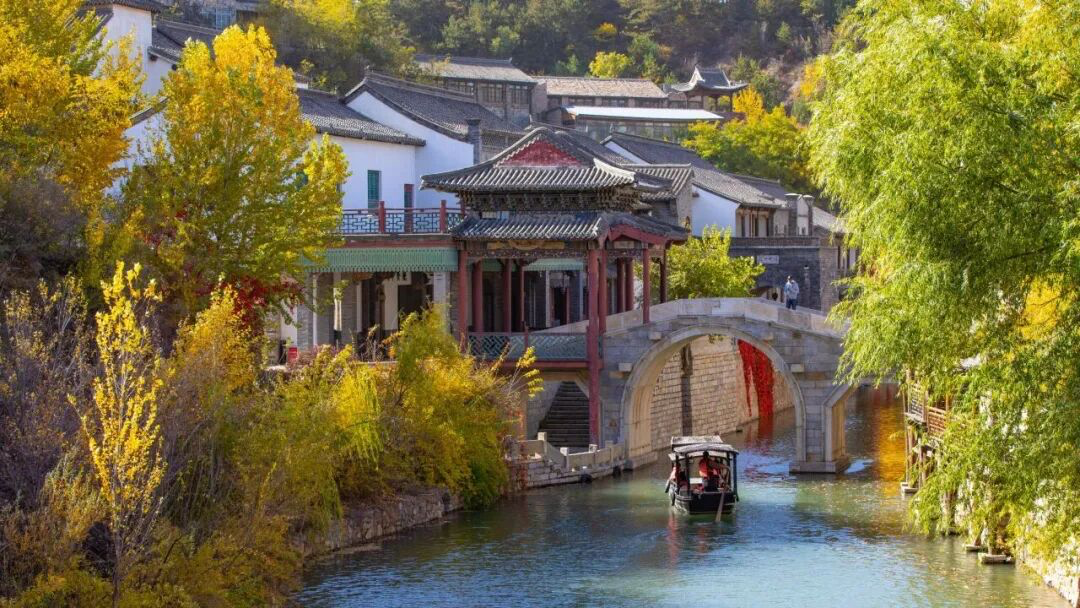The beautiful scenery of Beijing in spring is not only available in the parks, but also in some hutongs. Let's taste the long history and culture of hutongs together!
1. Lanman Hutong

In the early years, Lanman Hutong was called Lanmiao (Rotten Noodle) Hutong. In the early days, there was a noodle restaurant at the entrance of the hutong, and the noodles were cooked so soft and tasted so good that the noodles became a signature of the restaurant. Over time, even this originally unnamed hutong were called Lanmian (Rotten Noodle) Hutong. Later, the residents living in the hutong thought the name was too vulgar, so they took the harmonic sound of "Lan Mian" and called it the elegant Lanman Hutong.
Address: Lanman Hutong, Xicheng District, Beijing
2. North Luchaoyuan Hutong

The Sanlihe area in Qianmen is a distinctive area in the southern part of old Beijing. There are original hutongs and courtyards of Beijing. The water system of Sanlihe River flows through nine hutongs.
Address: North Luchaoyuan Hutong, Dongcheng District, Beijing
3. Baihua Shenchu (Hundred Flowers Hidden Deep) Hutong

Near Ping'anli, Xicheng District, Beijing, there is a hutong named Baihua Shenchu (Hundred Flowers Hidden Deep). It belongs to Shichahai Street, starting from Huguosi East Lane in the east to Xinjiekou South Street in the west. As soon as you leave the subway station, you can easily find it. During the Qianlong period of the Qing Dynasty, flowers were grown here and it was called Flower Bureau Hutong. During the Guangxu period, it was renamed Baihua Shenchu Hutong.
Address: Near Ping'anli, Xicheng District, Beijing
4. Yangmeizhu Xiejie Street

Yangmeizhu Xiejie Street starts from Liulichang East Street in the southwest and ends at Coal Market Street in the northeast. It is said that during the Ming Dynasty, this area was called Xiejie Street. Later, there was a matchmaker surnamed Yang living in the hutong, so it was gradually renamed Yangmei Xiejie Street in the Qing Dynasty. Until the Guangxu period, some literati and scholars called it Yangmeizhu Xiejie according to the harmonic sound. During the Republic of China, Yangmeizhu Xiejie was a place where literary people gathered. Kang Youwei, Tan Sitong, Liang Qichao, Lu Xun, Liang Shiqiu, Shen Congwen, Yang Xiaolou and many other literary celebrities of the past generations were all regular visitors to the street.
Address: Yangmeizhu Xiejie Street, Xicheng District, Beijing
5. Willow Lane

Historically, Willow Lane was named for the many willow trees that were planted there. But nowadays, there are no willow trees here, and both sides of the street have long been transformed into modern residential neighborhoods. But it has its own personality. The acacia trees on both sides of the street are wide, neat and rich in old Beijing flavor. The two acacia trees at the east entrance of the hutong are particularly striking. The trees are shaded by greenery and their trunks are too thick for one person to hold.
Address: Near Xinjiekou, Xicheng District, Beijing



